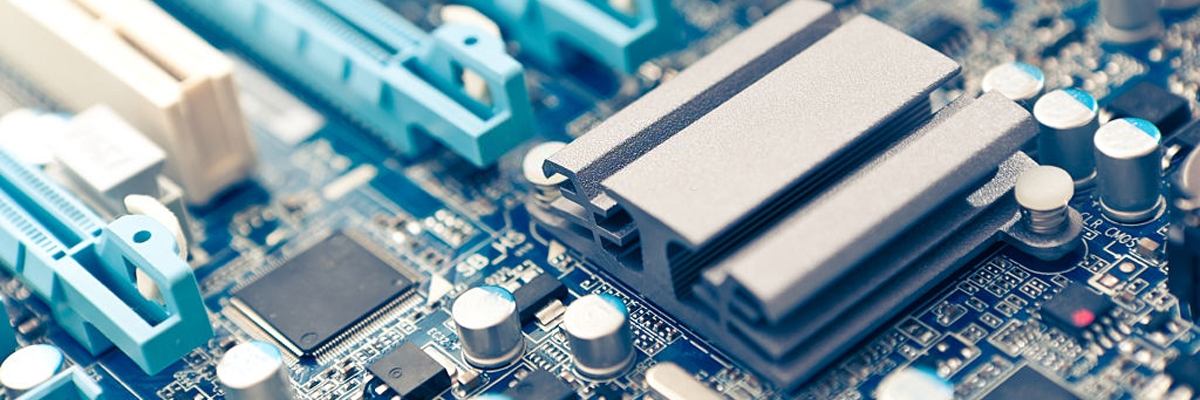PCB Design for 1-20 Layers: Know the Importance of Different PCB Layers

PCB Design for 1-20 Layers: Know the Importance of Different PCB Layers
Printed circuit boards have been a part of electronic devices for several years now. They are found in industrial and consumer electronic devices such as digital alarm clocks, mobile phones, computers, and so on. These boards may feature one layer or multiple layers depending on the construction. The layers are designed to carry currents, thereby powering the electronic devices attached to them. Owing to their increasing use in various devices, today, it is easy to find manufacturers specializing in single-layer and multilayer PCB design and manufacturing. PCB design for 1–20 layers is one of the most popular service offerings. Although the concept of these layers may seem simple, there are several things to be considered before deciding on the number of layers.
A Brief Discussion on PCB Layers
Each PCB layer can be distinguished with its intricate detailing. A layer is made of a dielectric material such as FR4 and has a copper surface. Most PCB layers feature etched surfaces, however, the copper surface may be a solid plane for grounding or carrying power. PCBs are mainly distinguished as single-layered, double-layered, and multilayered, based on the number of layers. Here is a brief introduction on each of these types:
-
Single-Sided PCB: This is also a single-layer PCB. The PCB of this type has a single layer of thermally-conductive, yet electrically-insulating dielectric material, which is laminated with copper. The copper layer is protected by a solder mask.
-
Double-Sided PCBs: These PCBs comprise a single layer of thermally-conductive and electrically-insulating dielectric material sandwiched two copper layers, and two layers of solder mask protecting them.
-
Multilayered PCBs: These PCBs may have more than two thermally-conductive and electrically-insulating dielectric material layers, which are supported by a copper layer on both sides.
Applications of PCB Designs with 1- 20 Layers
The choice of the number of layers will depend on your application requirements. Let’s understand the type of layered PCBs considered for typical applications.
-
Single-Layer PCBs: These are simple boards, which are cost-effective and easy to produce. Single-layer PCBs are used for several simple electronic devices including radios, coffeemakers, calculators, timing circuits, printers, LED lights, and so on.
-
Double-Layer PCBs: These PCBs enable design flexibility, and possess dense circuitry. They are compact sized, which makes them an ideal choice for several advanced circuits. Double layer PCBs or two-layer PCBs are mainly used in printers, HVAC units, line reactors, vending machines, amplifiers, and so on.
-
4-Layer PCBs: These PCBs have three inner layers of dielectric – one core and two pre peg, four copper layers, and two solder mask layers at the bottom and the top. These PCBs are stronger than the most 1- and 2-layer PCBs. Four-layer PCBs can shield electromagnetic interference because they have a proper alignment of ground and power layers. These PCBs are an integral part of several advanced devices such as satellite systems, space probe equipment, and so on.
-
6-Layer PCBs: The PCBs have two additional rows of dielectric and copper layer. Six-layer PCBs are stronger than single- and double-layered PCBs, and deliver immense power to the electronic devices using them. 6 layer PCBs are proven to reduce electromagnetic interference and talk in devices where they are used. These PCBs are mainly used in data storage systems, computers, as well as fire alarm systems.
-
8-Layer, 10-Layer, and 12-Layer PCBs: 8-layer and 10-layer PCBs are similar in many ways. However, 10-layer PCBs are considered better than 8-layer PCBs because they provide extra space for power planes. 12-layer PCBs offer two additional signal layers than 10-layer ones. These PCBs are more suited for high-speed electronics.
Although the above information will help you understand the uses of PCBS with different number of layers, there are certain things to be considered before making the final decision.
.png)



.png)
